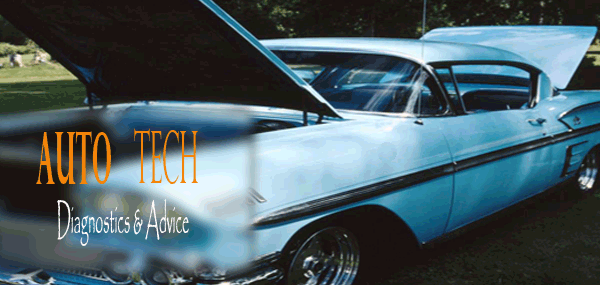
Drum Brake Systems
Drum brakes were the first and most widely used brakes in the automotive industry. The main advantage of the drum brake design was to apply more stopping power based on a given amount of force. Besides more stopping power, drum brakes do not do a great job at dispersing heat, therefore loss of stopping power can occur more frequently due to brake fade.
Many older vehicles were manufactured with 4-wheel drum brakes, but that is no longer true of modern vehicles, which universally have front disc brakes and only occasionally use rear drum brakes.
It is important that all drum brakes be adjusted properly. When the drum brake shoes wear, the gap between the brake shoe lining and the drum’s surface increases, reducing the stopping power. Regular inspections are important to ensure the gap is the proper distance. If the brakes are over adjusted, the possibility of their locking up increases.

Every once in a while someone fails to disengage the parking brake completely causing the rear drum brakes to heat up rapidly and the brake material to disintegrate faster. This excessive heat can also cause the rear brake drums to warp and possibly crack, and the wheel cylinders can be damaged due to the inner seals collapsing. This excessive heat can also result in the drum brakes locking up.
There are two types of drum brake systems in the automotive industry. These include anchor-type drum brakes or leading-trailing-type drum brakes. Anchor-type drum brakes can be distinguished by a single anchor located at the top center of the backing plate, with springs extending from each shoe to it. Anchor-type drum brakes can be found on trucks, SUVs, vans and some cars. Leading-trailing-type brakes can be distinguished by a single spring from the upper portion of one shoe to an adjusting lever attached to the upper portion of the other shoe. Leading-trailing-type drum brakes are found on most light vehicles such as cars and mini vans.
Refer to the brake inspection section of our website so that you do not change out parts that do not need to be replaced, or fail to change out the right parts in the first place. The following steps will assist you in making your rear drum brake changing experience fun and easy.



Share